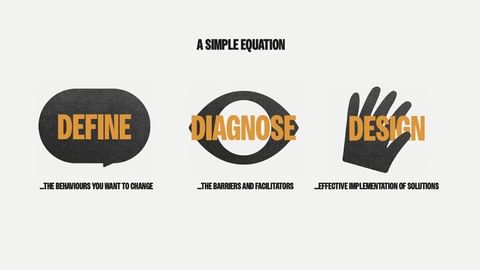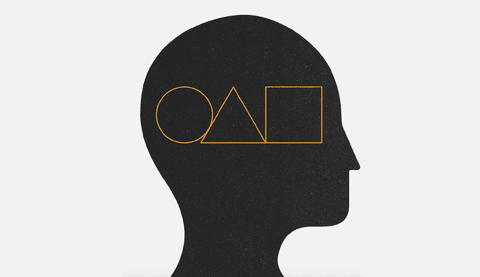NEWS ALERT - We won a SILVER IPM award for Best use of Social Media, 2025! Read more🏆

Understanding and influencing human behaviour has always been at the heart of any successful brand strategy or campaign. Even if it wasn’t always called ‘behavioural science’ or involved psychologists. For decades, decisions in the marketing field were often based on intuition, anecdotal evidence, and observations of human behaviour. The introduction of behavioural science has shaken up this landscape by providing evidence-based tools and methods to decode and change consumer behaviour effectively.
At Together, we embrace a three-step approach: Define, Diagnose, and Design, which forms the foundation of our philosophy of mixing creativity with behavioural insight to help brands connect with people better.
We start with really understanding the client's problem and defining it in behavioural terms. Rather than setting vague objectives like "we want to engage people in our brand more," we focus on precisely what we want consumers to do. It could be "We want consumers aged 25-30 to purchase our product as part of their weekly grocery shop" or “We want 20% of website visitors to sign up for our newsletter”.
This approach, rooted in defining who does what, how, and when, sets a clear and measurable target. In situations with multiple target audiences and behaviours to define, we employ user journeys and system mapping to gain a comprehensive understanding of the situation and align with the client's goals.
The second stage of our approach involves modelling a specific behaviour, achieved by diagnosing the key drivers and barriers. We use the tried and tested COM-B model to identify what drives and what hinders specific actions. We draw on existing insight and use the power of AI to make sure we build a solid picture of what’s happening. If we’re dealing with habitual behaviours, we throw in habit theory and the latest thinking in this space. This analysis enables us to focus our solutions on amplifying the drivers and addressing the barriers.
The final stage is all about designing solutions that are not only exciting but also work.
Our secret sauce? Getting our experts in their respective disciplines to work truly together to infuse evidence into creative execution. The result? Ideas come alive, connecting with consumers at an emotional level, and driving behaviour change through effective strategies.
By Paulina Lang, Head of Behavioural Science.

We've written a few blogs about behavioural science. You can read more about different aspects of it via the links below.
How do customers make decisions?
3 mistakes brands make about human behaviour
The role of behavioural psychology in website design
_____
To find out how we could apply our approach to your project, get in touch with us today.